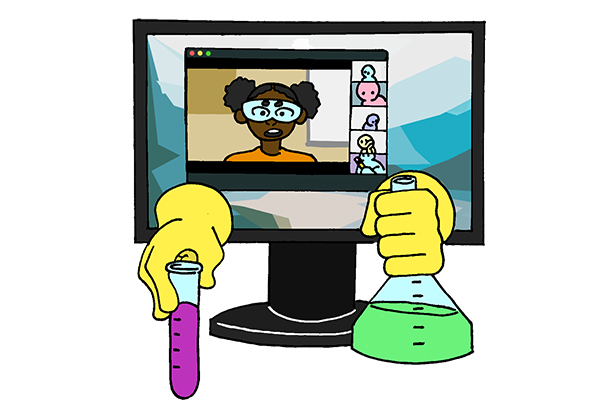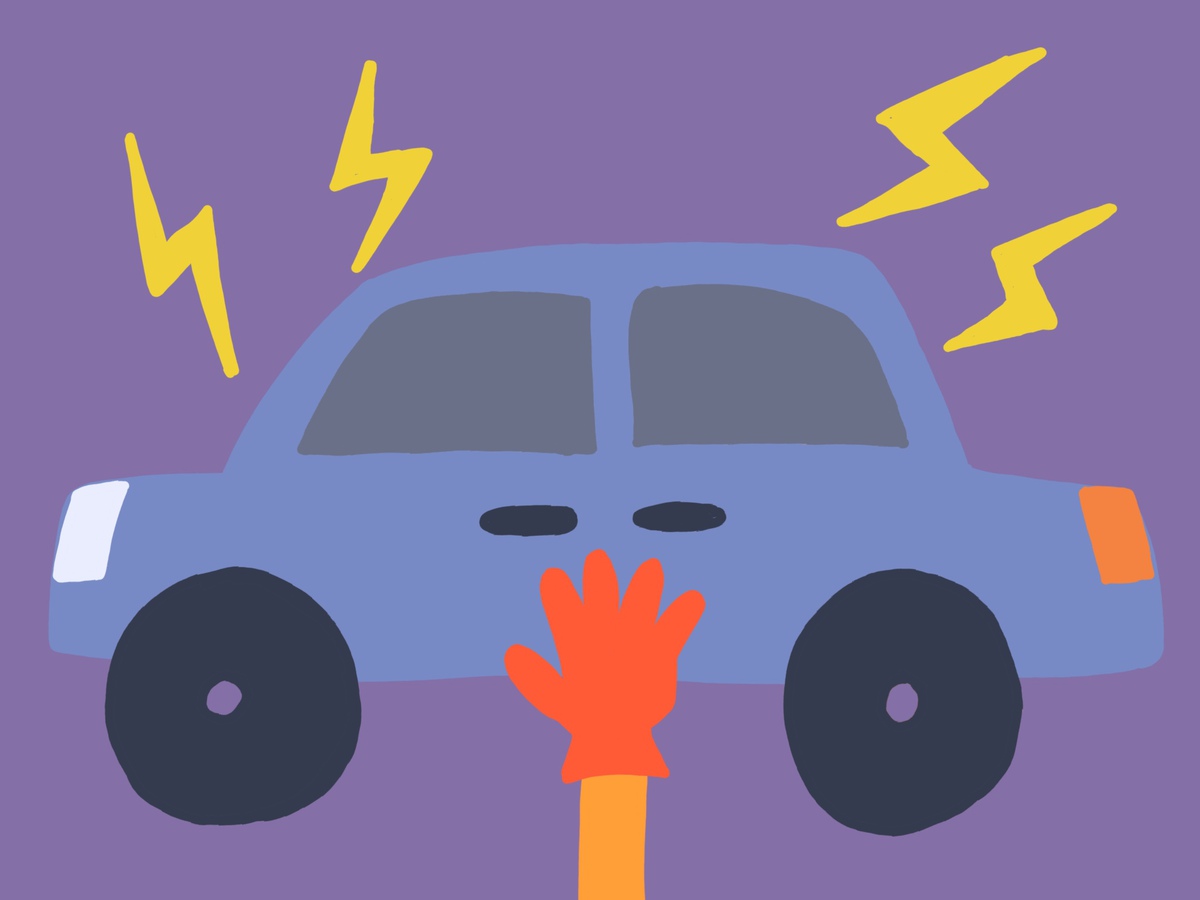While some lab instructors around campus have chosen to keep their courses in-person, many have transitioned to hybrid and web-based courses to better abide by COVID-19 safety precautions.
Of 1007 lab classes, 430 will be taught online, 447 in a hybrid format and only 130 face-to-face, UT communications manager Kathleen Harrison said.
For in-person lab classes, Harrison said students will be required to wear masks and wipe down their stations upon arrival. Staff will clean lab classrooms daily and each lab will follow a checklist that will continuously be updated based on guidance from the University Environmental Health and Safety department, she said.
Paola Sotelo, chemistry assistant professor of instruction, will lead a hybrid class where half of her students meet in-person and the other half run an online lab assignment, switching places with each other every week.
Harrison said the maximum occupancy for lab spaces is lower than regular classrooms, and students will maintain at least 6 feet of distance between each other at all times, except for very limited instances when lab procedures require multiple participants to accomplish a technique.
Sotelo said students worked in groups of two in previous semesters. Now, she said students will work individually at stations and will only talk when necessary. During online lab assignments, Sotelo said she hopes that Zoom activities will lead to students forming relationships and friendships like they would in an in-person lab before the pandemic.
“We wanted to move that communication, that relationship that is created between labmates and instead of doing it in the lab, doing it in the Zoom meetings through different activities,” Sotelo said.
Soo-Hyun Yang, research educator in the Freshman Research Initiative, said her research program will operate in a fully web-based format in the fall. In her program, Biobricks, students join in the spring of freshman year and may choose to continue in the following fall for an upper division lab credit.
Yang, an associate professor of practice, said it is unfortunate her students will not get to repeat lab techniques they learned in the spring semester. Yang said the lower occupancy in the lab would not allow students to spend the amount of hours it would typically take for them to complete their experimental goals.
“If it weren't for COVID we would be in (the) lab and working on the research projects that we are collaborating on with other professors, as the students would be able to actually use the protocols that I… have designed already,” Yang said. “But this time, what I transitioned (to) is to actually have the students learn how to design experiments.”
Martha Maas, biology assistant professor of instruction, said she transitioned to a fully web-based lab, and she will attempt to give students the sense of community they feel in lab while working in small groups. Maas taught a biology lab over the summer, where she had a chance to try some of her ideas. She said she used Zoom breakout rooms successfully to give students the chance to work in groups.
“You have students form these great working relationships where they're designing experiments, conducting experiments, learning how to learn together,” Maas said. “In an online format, that can be really challenging to develop.”
Andrew Loveridge, physics assistant professor of instruction, will teach a fully web-based lab course. He said it will focus on simulations, in which students virtually complete all the steps to a lab, and at-home experiments using smartphones as measuring devices. Loveridge said students’ smartphones have built in physical measuring devices, such as light and motion sensors.
Loveridge said he made the choice to keep his lab fully online with his faculty department, but still struggles with communicating and teaching online.
“Everything just takes longer,” Loveridge said. “I don't sense that students can't get their questions answered or that I can't convey my meaning over the internet, but it feels like it just takes longer and it's less efficient. It’s like you’re teaching in molasses.”





















